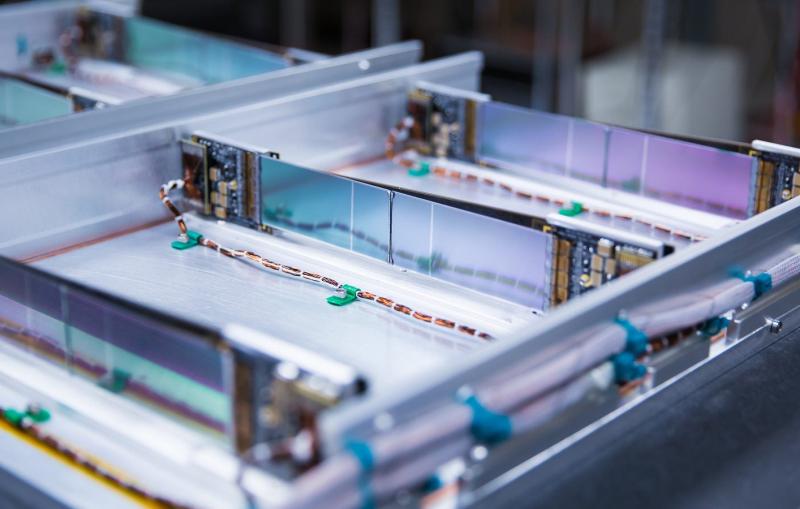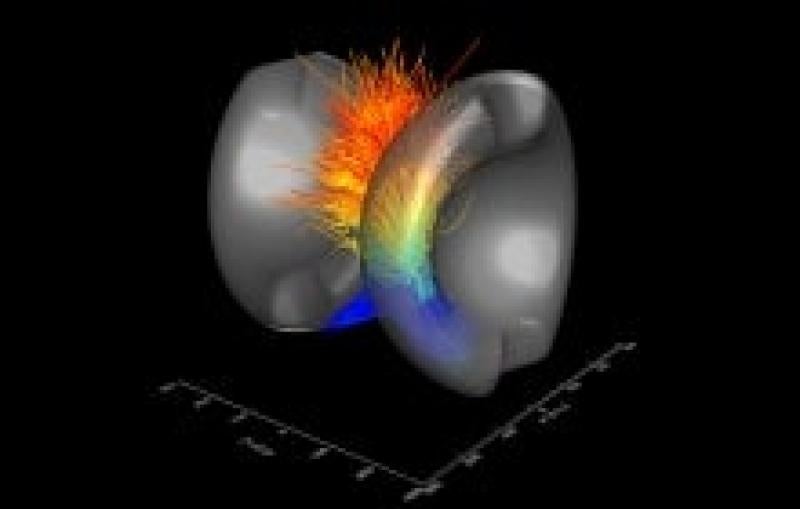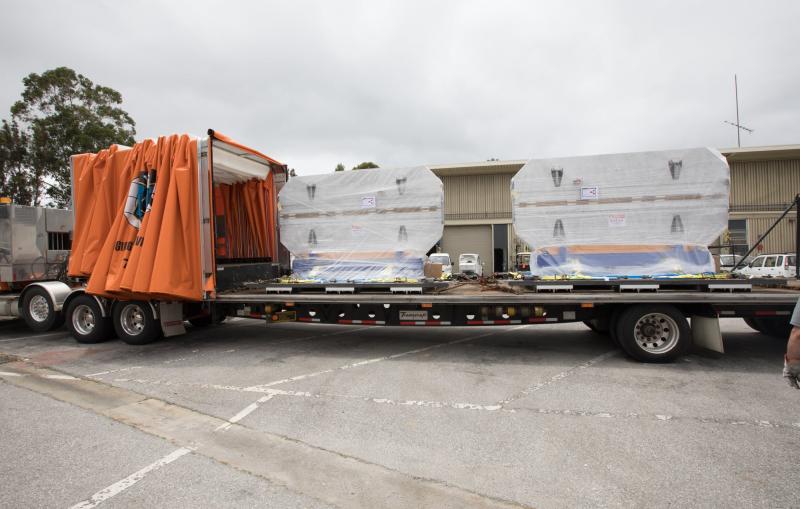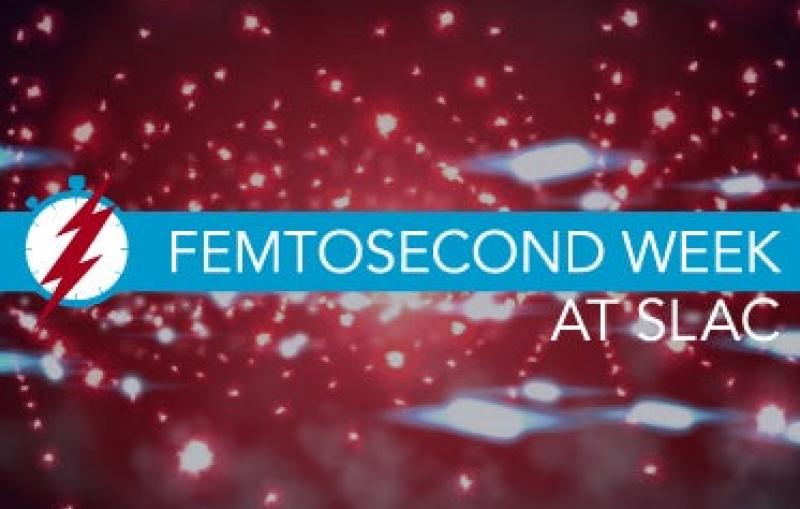

News Feature
VIA Stanford News
Shunned by Microbes, Organic Carbon Can Resist Breakdown in Underground Environments

News Feature



The latest news about SLAC research, science programs, facilities and people.
More on our News Center and Media Resources pages





